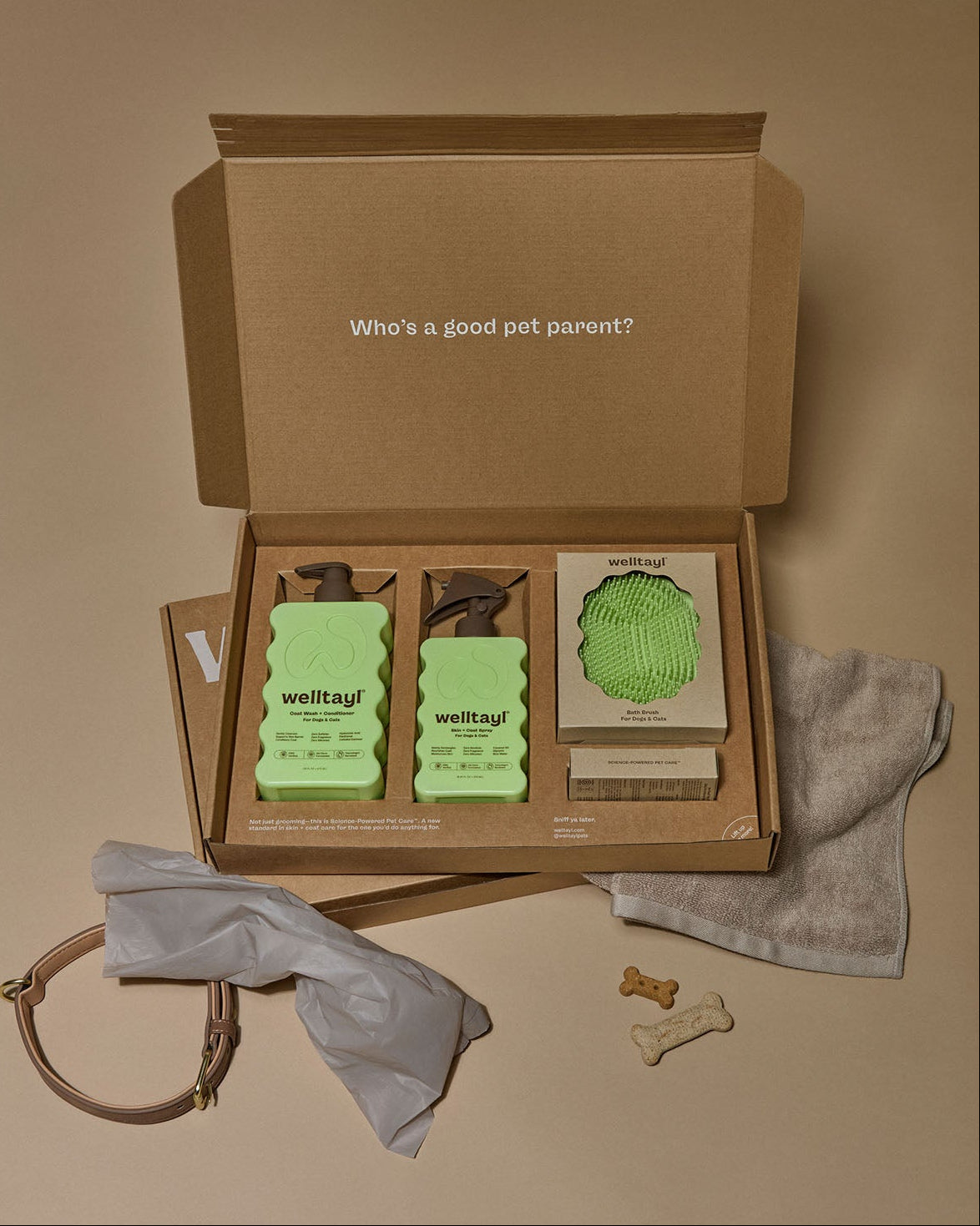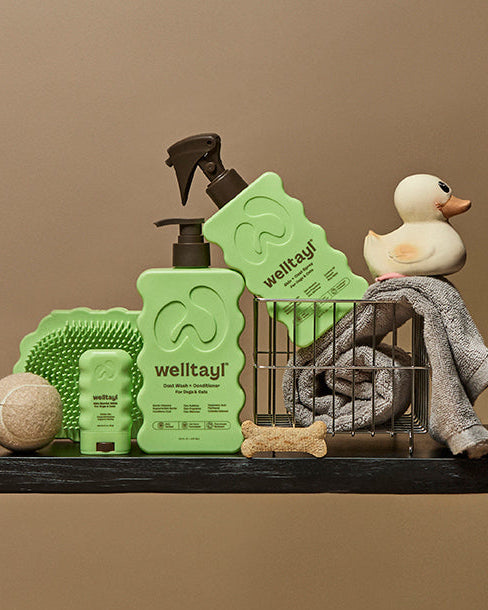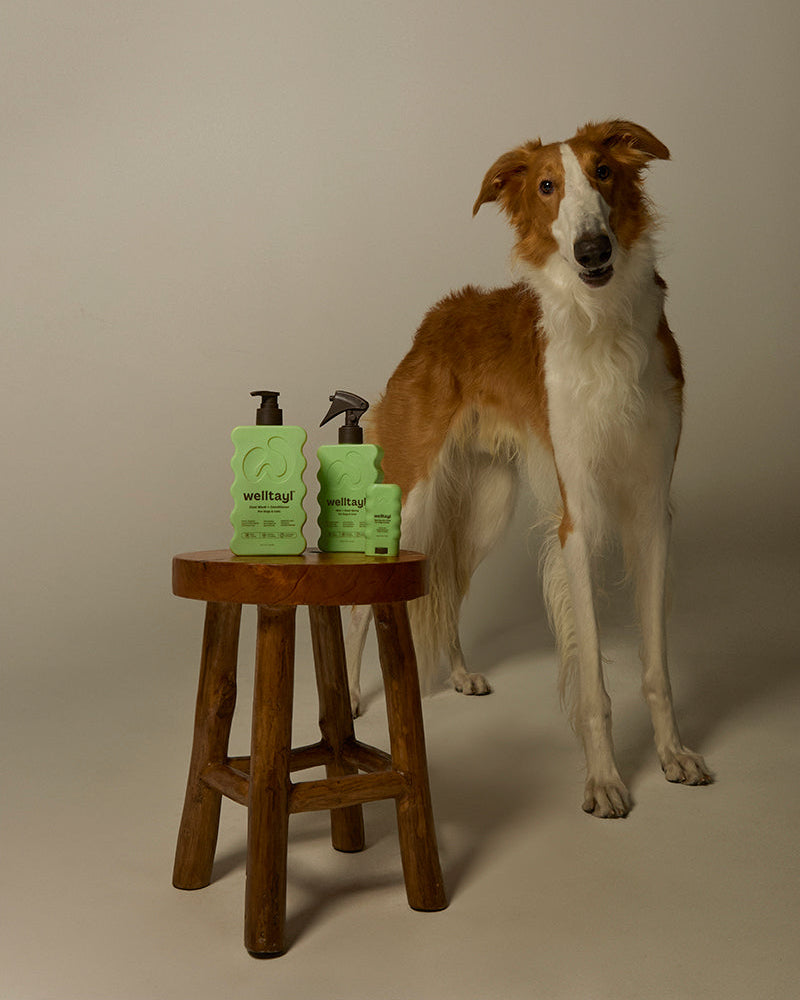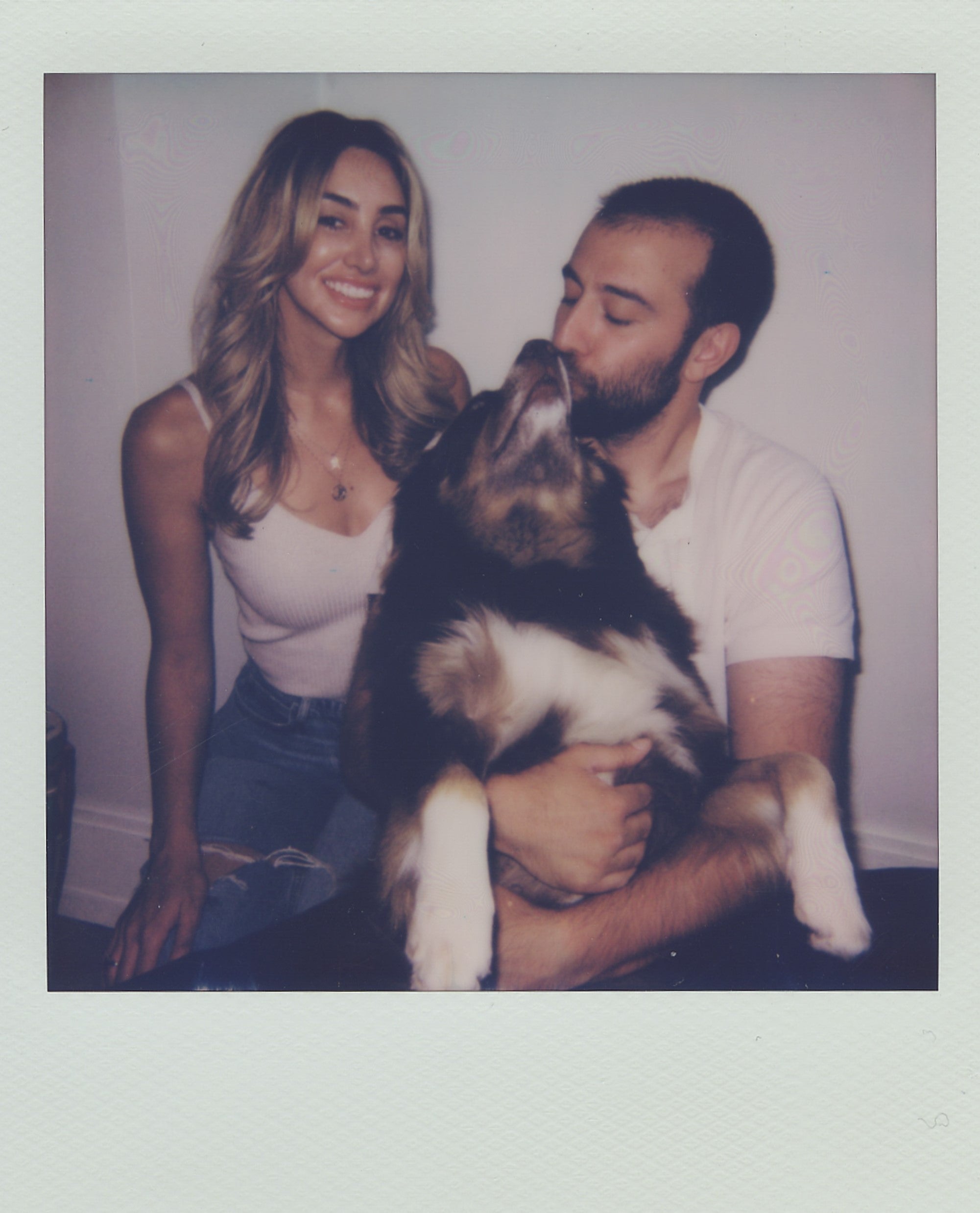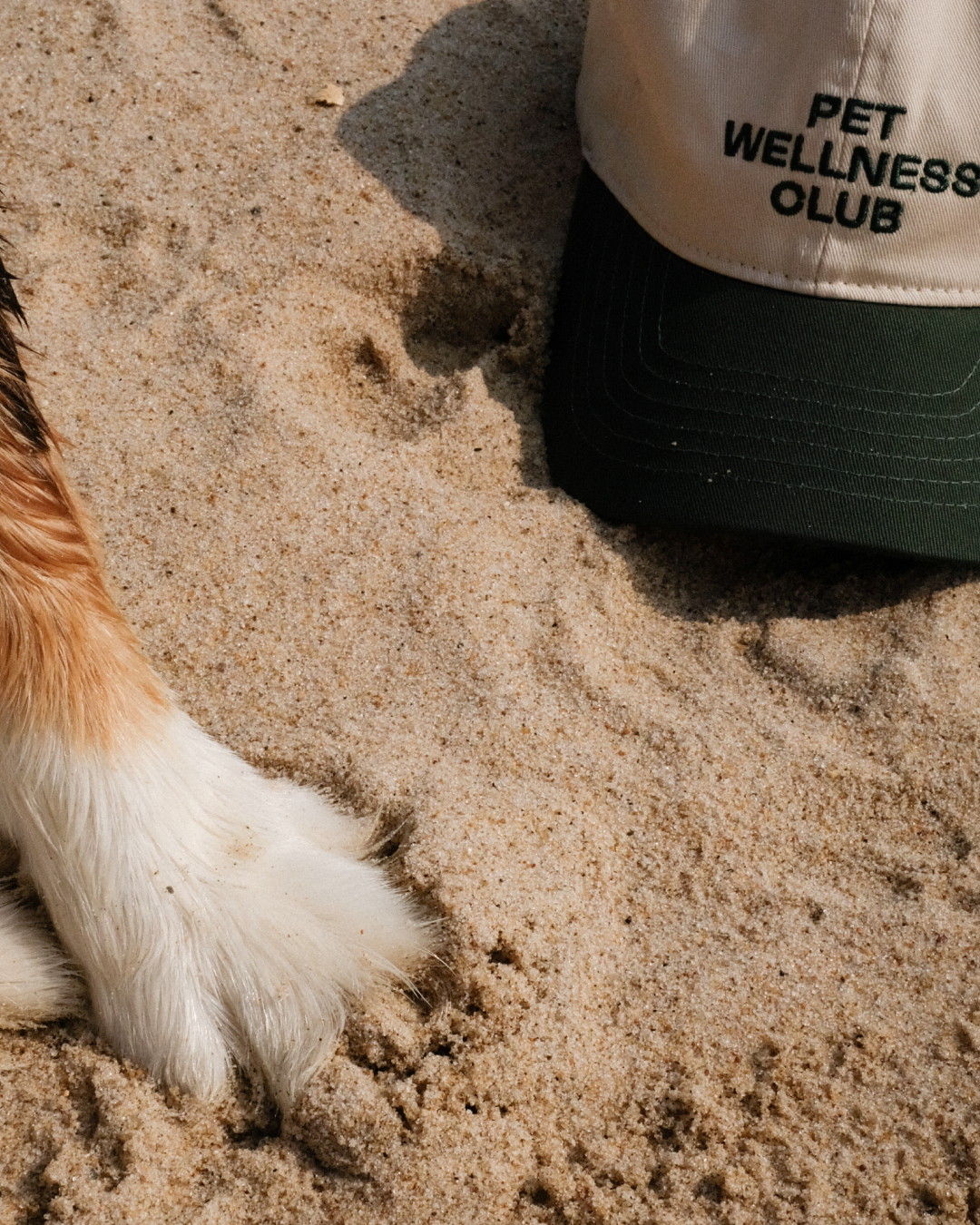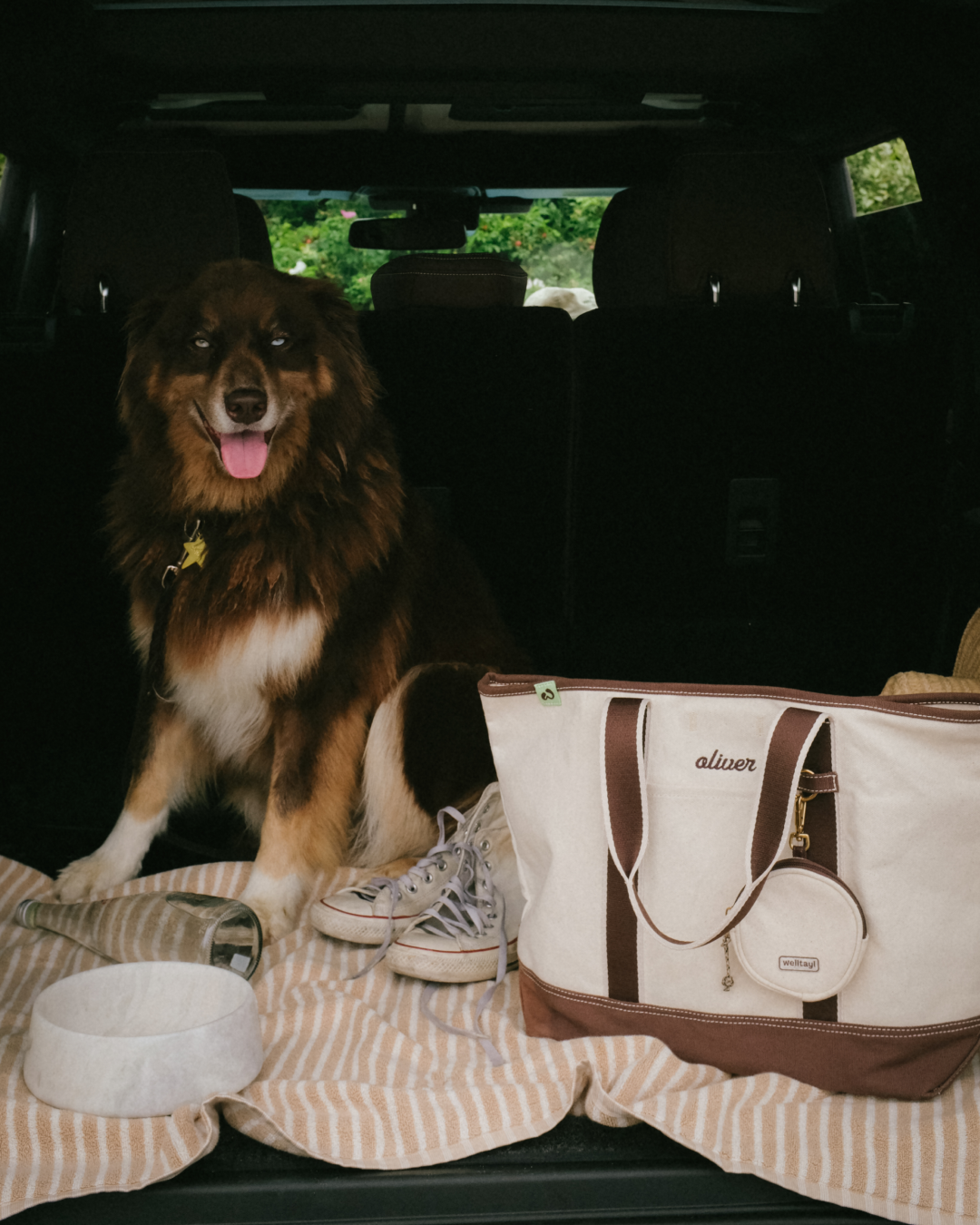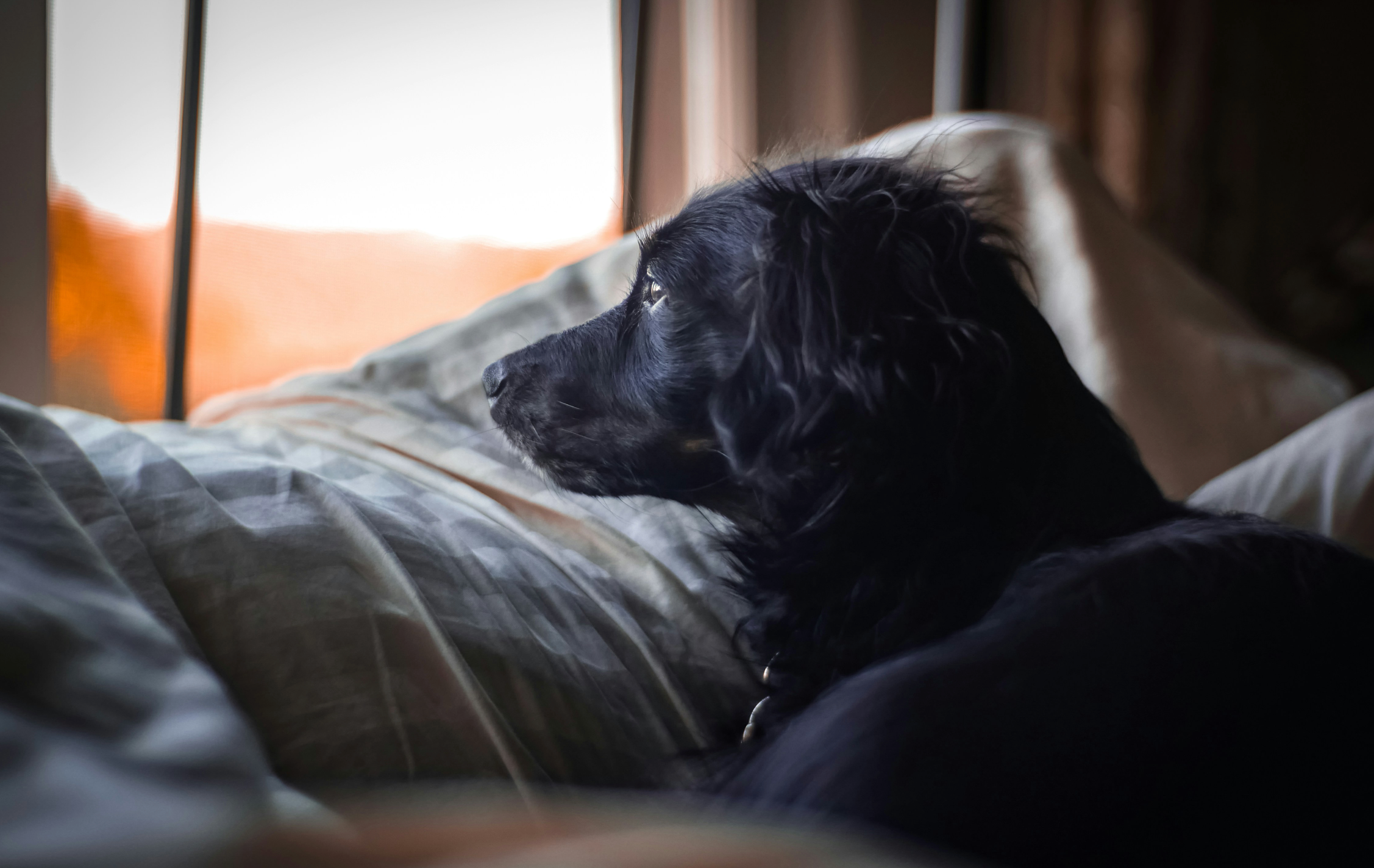Have you ever noticed your dog acting upset or nervous when you leave the house? Maybe they bark nonstop, chew on things they shouldn’t, or pace around anxiously. This isn’t just bad behavior—it could be a sign of separation anxiety, a common issue many dogs experience when they’re left alone.
In this article, you’ll learn why dogs get separation anxiety, what signs to look for, and simple steps you can take to make them feel safe and calm, even when you’re not home.
Table of Contents:
- Key Takeaways
- Understanding Separation Anxiety In Dogs
- Causes Of Separation Anxiety In Dogs
- Impacts Of Separation Anxiety On Dogs And Owners
- Effective Strategies To Manage And Treat Separation Anxiety
- Preventing Separation Anxiety In Dogs
- Conclusion
- Frequently Asked Questions
Key Takeaways
-
😰 Separation anxiety in dogs is a common condition where dogs experience stress and emotional distress when left alone, often leading to destructive behaviors or excessive vocalization.
-
🏡 Environmental changes, such as moving homes, schedule changes, or traumatic events, and genetic predispositions in certain breeds can contribute to separation anxiety.
-
🗣️ Recognizing symptoms like pacing, barking, chewing, or house soiling can help pet parents identify separation anxiety early.
-
😌 Effective strategies for managing separation anxiety include training techniques like desensitization, using calming medications or supplements, and seeking professional help if necessary.
-
🐕 Preventive measures, such as early socialization and confidence-building, can reduce the risk of separation anxiety in dogs.
-
💚 Addressing separation anxiety improves the well-being of both dogs and their owners by fostering a stress-free environment.
Understanding Separation Anxiety In Dogs
Separation anxiety in dogs occurs when they experience stress or worry about being alone.
What Is Separation Anxiety?
Separation anxiety is a condition where dogs find it hard to cope when they're left by themselves. When separated, dogs might experience emotional distress, leading to noticeable behavioral changes. It's common in puppies who are adjusting to new homes or in rescue dogs who've previously faced abandonment.
Common Signs And Symptoms
Dogs with separation anxiety show clear signs. These may include excessive barking or whining, chewing on furniture or shoes, pacing, scratching at doors, or even having accidents inside the house. For example, you might notice your dog digging at the door or a favorite chair while you're gone.

Causes Of Separation Anxiety In Dogs
Separation anxiety in dogs can arise from various factors, often related to environmental or genetic influences. Understanding these causes can help you address your dog’s needs more effectively.
Environmental Factors
Environmental and situational changes often play a significant role in triggering separation anxiety in dogs:
-
Changes in Family Dynamics: Events like the loss of a family member, the birth of a baby, or someone leaving the household can lead to stress and anxiety in dogs. For example, a dog might struggle emotionally after a beloved owner passes away.
-
Transition in Pet Parent's Schedule: When you shift from being home all day to working outside the house, your dog might feel uncertain and anxious due to the sudden change in routine.
-
Rehoming: Dogs adopted from shelters or foster homes can carry emotional baggage from their past experiences, making them more prone to separation anxiety, especially if they've faced abandonment before.
-
Moving Homes: Relocating to an unfamiliar environment can unsettle your dog. The confusion from new surroundings may increase their stress levels.
-
Traumatic Events: Fear-inducing events like time spent in a boarding kennel, animal shelter, or any history of abuse might result in long-lasting anxiety.
Genetic And Breed Tendencies
Certain dog breeds may have a higher predisposition to separation anxiety due to their genetic makeup:
-
Working and Herding Breeds: Breeds such as Border Collies and German Shepherds are known for their high energy and intelligence. Without adequate mental stimulation or companionship, they may develop anxiety more easily.
-
Companion Breeds: Dogs like Cavaliers, Pugs, and Maltese are bred for close human companionship. Their strong attachment to owners can make them more vulnerable to stress during separation.
-
Individual Disposition: Some dogs, irrespective of breed, naturally display a more anxious temperament. Their personality might increase the likelihood of anxiety-related behaviors.
Want more insights and helpful tips for loving and caring for your dog? Join the Welltayl Newsletter today! Stay updated with expert advice, solutions to common dog challenges, and stories from other dog parents like you.
Impacts Of Separation Anxiety On Dogs And Owners
Separation anxiety affects both dogs and their owners deeply. Understanding its impacts can help you take steps to improve your dog's well-being and your own peace of mind.
Emotional And Physical Effects On Dogs
Separation anxiety triggers behavioral and physical problems in dogs. Dogs with this condition often display destructive behaviors, such as chewing on furniture, scratching at doors, or knocking over trash cans. They may also bark, howl, or whine nonstop.
Some dogs pace, drool excessively, or even vomit. Shaking or self-harming behaviors, like licking paws repetitively, may occur. Even house-trained dogs might have accidents indoors during episodes.
Chronic stress from ongoing anxiety can weaken a dog’s immune system, making them more prone to illness.
Challenges For Owners
As a pet parent, managing a dog with separation anxiety can feel overwhelming. Damaged furniture, constant noise from barking, and frequent cleaning after accidents add to the stress. Emotional strain also becomes a significant challenge, as watching your dog in distress can leave you feeling helpless.
Balancing work, errands, and personal time while caring for an anxious dog isn't easy. Constant worry about their condition may affect your schedule and increase feelings of guilt or frustration.

Effective Strategies To Manage And Treat Separation Anxiety
Helping your dog feel calm and safe when you're not around is possible with the right strategies. Using training techniques, calming products, and professional guidance can make life easier for both you and your furry friend.
Training Techniques
-
Systematic Desensitization and Counterconditioning: Gradually exposing your dog to departure cues while keeping them relaxed is key. Start small by stepping out for just a few seconds, then increase the time as your dog stays calm. Avoid creating stressful moments during training.
-
Behavior Modification: Shift how your dog feels about being alone by leaving briefly and returning before stress begins. Increase these absences over time. Break the connection between typical leaving signals, like grabbing keys or putting on shoes, and your departure.
-
Mental Stimulation: Engage your dog in activities like puzzle toys or hide-and-seek before leaving. Keeping their mind busy can ease anxiety during alone time.
Use Of Calming Products
Introduce calming aids if your dog struggles to relax. Products like adaptive pheromone diffusers, calming vests, calming lick mats, or natural supplements can help soothe anxious feelings. Ensure these are used alongside training and not as the sole solution.
Involving Professional Help
Consider working with a certified dog trainer or behaviorist for persistent anxiety. They can customize plans to address specific issues your dog faces. In some cases, your vet may recommend anti-anxiety medication as part of the treatment plan.
Want more tips and tricks to keep your dog happy and worry-free? Join the Welltayl Newsletter today for expert advice on common challenges and creative solutions. Get helpful ideas straight to your inbox so you and your dog can enjoy every moment together.

Preventing Separation Anxiety In Dogs
Preventing separation anxiety in dogs involves proactive steps like socialization and confidence-building. Focusing on these areas early helps reduce the risk of anxiety-related behaviors.
Early Socialization
Introduce your dog to new experiences, environments, and people early on. Positive exposure to different situations helps dogs feel secure and adaptable. For example, once fully vaccinated, take your puppy to dog parks, let them meet other dogs, and experience various sounds like doorbells or vacuum cleaners. Gradual, enjoyable interactions promote confidence and reduce fear of being alone.
Building Confidence In Your Dog
Encourage your dog to feel comfortable being alone by creating positive associations. Start with short departures, leaving your dog with engaging toys or treats like a Kong filled with peanut butter. Praise calm behavior upon return to reinforce positive responses. Incorporate basic training commands like "stay" or "place" to empower your dog and build trust in your absence.
Conclusion
Addressing separation anxiety in your dog takes patience and understanding, but the rewards are well worth the effort. By recognizing the signs early and implementing effective strategies, you can help your furry companion feel more secure and confident when alone. Every dog is unique, so finding the right approach for your individual pet is key.
Remember, you're not alone in this journey. With the right tools, guidance, and a little persistence, you can create a happier, more balanced life for both you and your dog. Take small steps, stay consistent, and celebrate progress along the way.
Stay Updated with More Pet Knowledge!
For more dog info and knowledge, consider signing up for the Welltayl newsletter. It's packed with helpful advice tailored for dog owners like you, ensuring your furry friends stay healthy and happy. Sign up today and keep up to date with the latest in dog care.
Frequently Asked Questions
What is separation anxiety in dogs?
Separation anxiety in dogs is a condition where a dog experiences stress when left alone or separated from their owner. This often leads to behaviors like excessive barking, destructive chewing, pacing, or indoor accidents.
What are the common signs of separation anxiety?
Typical signs include barking or whining excessively, chewing on furniture, scratching at doors, pacing, drooling, having accidents indoors, and trying to escape when the owner leaves.
What causes separation anxiety in dogs?
Separation anxiety can be triggered by environmental changes like rehoming, moving, schedule changes, or past traumatic experiences. Certain breeds are also genetically predisposed to anxiety.
Can certain breeds be more prone to separation anxiety?
Yes, certain breeds like working, herding, and companion dogs are more predisposed due to their close bonds with humans and genetic traits that favor attentiveness to owners.
Resources:
Read more
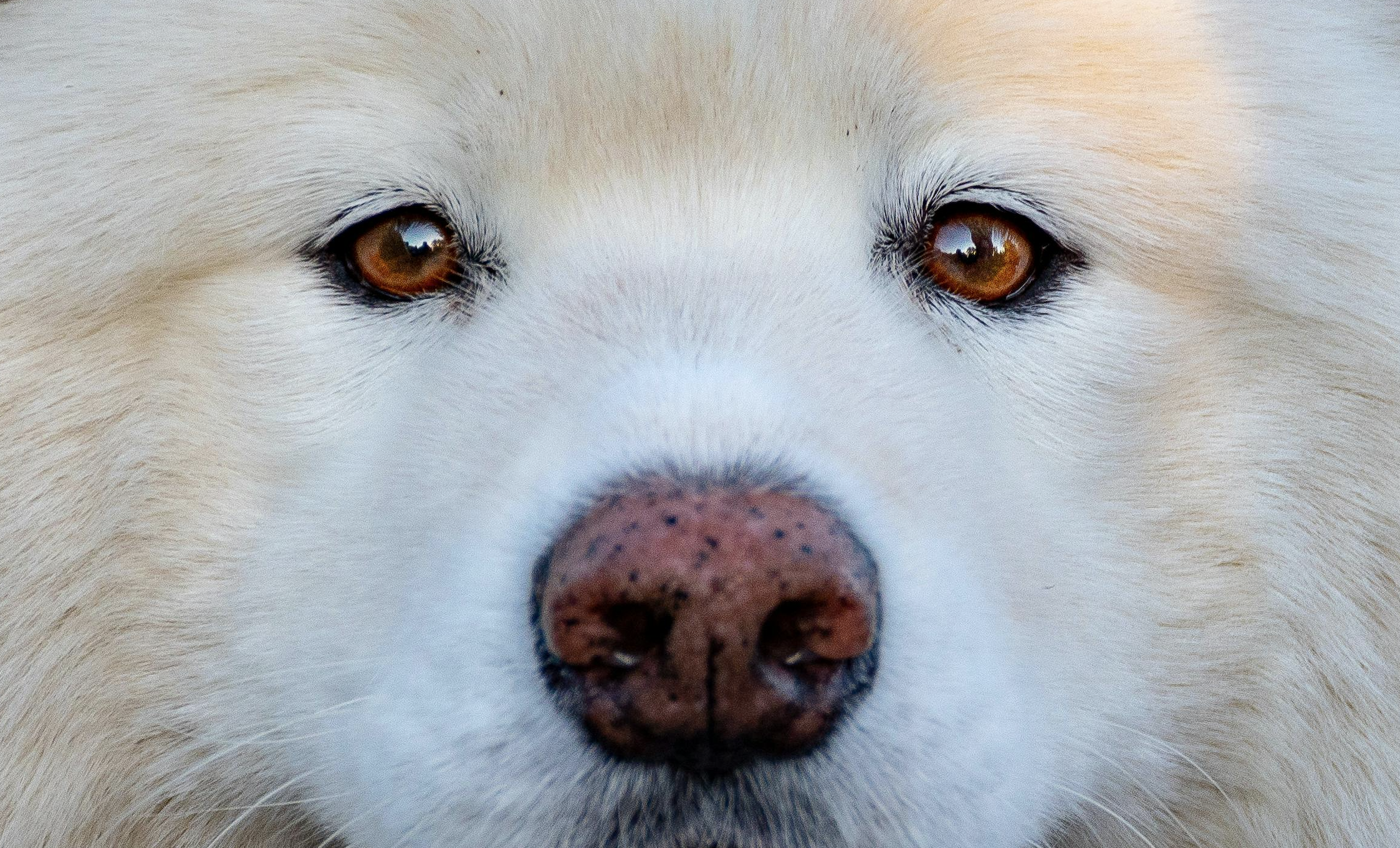
Discover the science behind your dog's sight—colors they see, night vision capabilities, and how it affects their behavior.

Discover how pets boost mental well-being, reduce stress, and improve heart health. Learn the life-changing benefits of pet ownership for a happier, healthier life!

